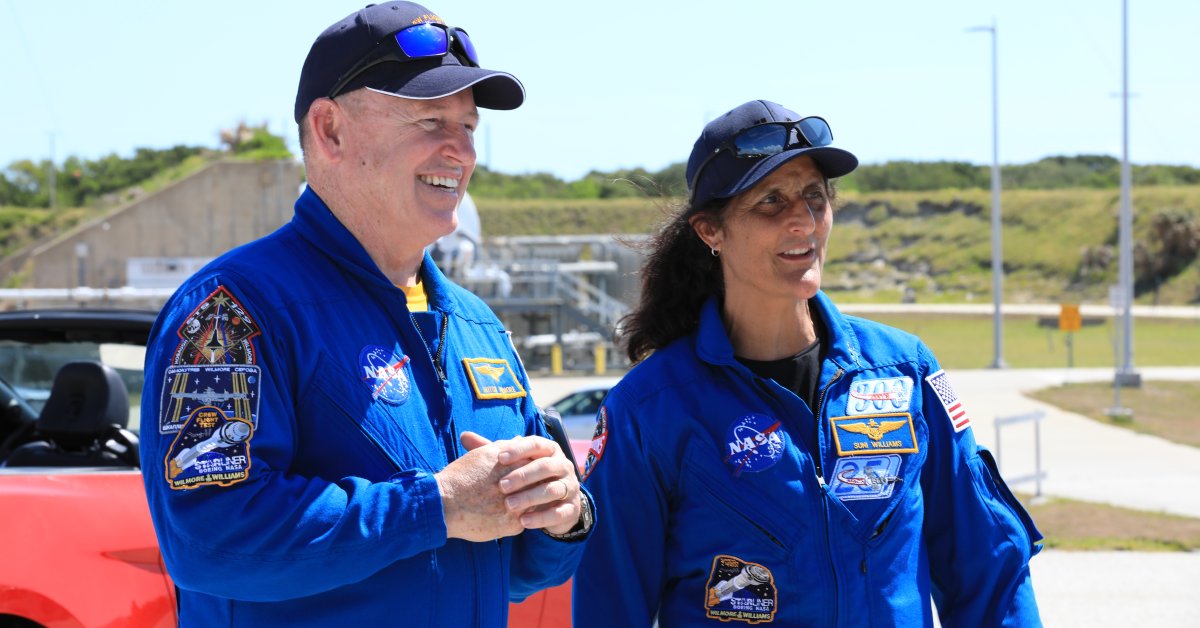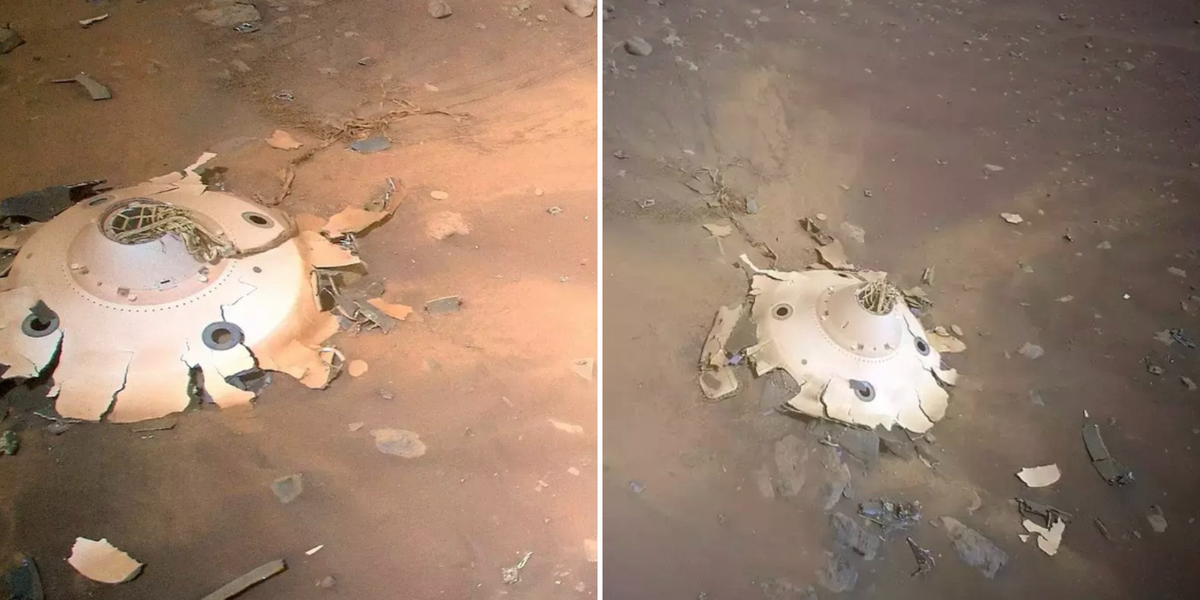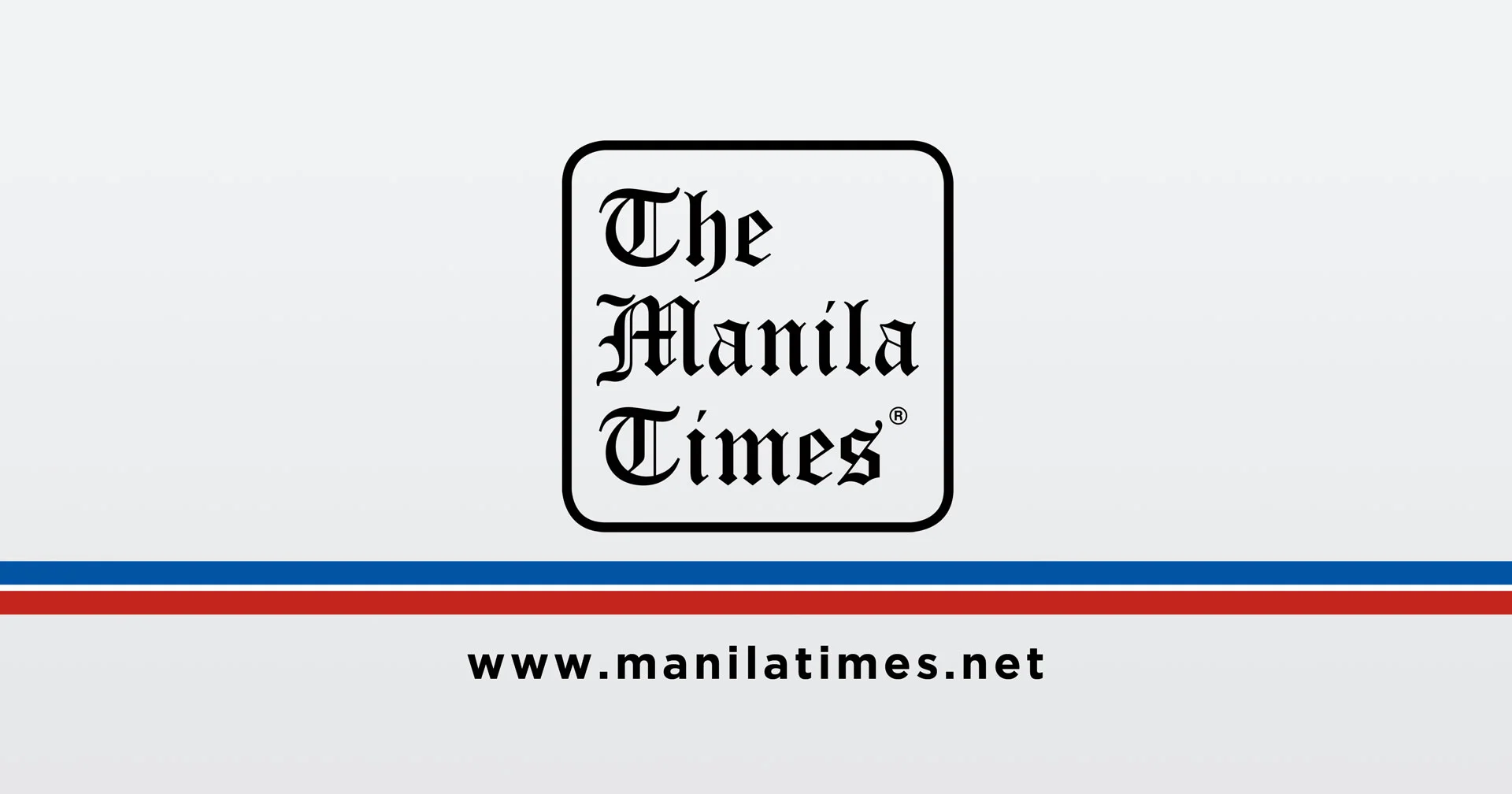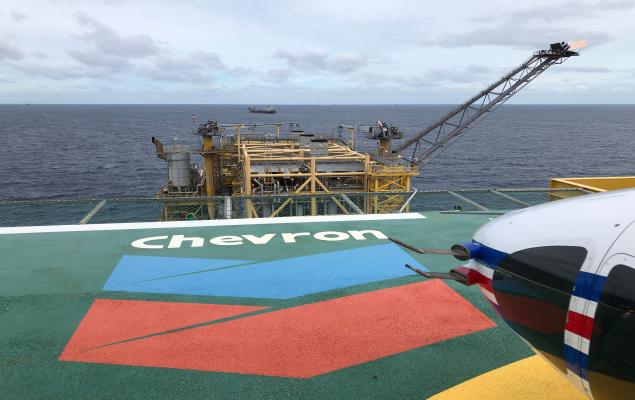Stranded in Space: Astronauts' Eight-Day Mission Turns into Eight-Month Camping Trip

Two astronauts, Butch Wilmore and Suni Williams, are facing an unexpected extended stay aboard the International Space Station (ISS). Initially planned as an eight-day test flight of Boeing's new Starliner spacecraft, their mission has now stretched to over two months due to a series of technical issues.
The original launch, scheduled for 6 May 2024, was delayed due to a faulty valve in the launch vehicle. Once they finally lifted off on 5 June, further complications arose, including thruster failures and leaks in the helium system that pressurises the thrusters. Boeing and NASA are currently evaluating the safety of the Starliner for a return journey, with initial reports suggesting that it may not be suitable for transporting the astronauts back to Earth.
NASA is now considering bringing Williams and Wilmore home via a SpaceX Crew Dragon spacecraft, originally intended for a different mission. This would mean the Dragon would have to carry just two crew members, leaving two seats empty for the stranded astronauts. However, this solution would not be available until February 2025, potentially turning their short mission into an eight-month stint in space.
Despite the unexpected circumstances, the astronauts remain in good spirits. In a July press conference from orbit, Williams stated, âWe are having a great time here on ISS. Butch and I have been up here before and it feels like coming home.â
However, the extended stay has presented logistical challenges. The ISS, typically home to six or seven crew members, is now accommodating nine. With only six designated sleeping quarters, three astronauts are forced to make do with less than ideal sleeping arrangements. Williams and one other astronaut share a "CASA" (Crew Alternate Sleep Accommodation) in the European Space Agency's Columbus module, while Wilmore sleeps in a sleeping bag in the Japanese Space Agency's Kibo module.
The astronautsâ workload has also been impacted. Originally, their primary task was to test the Starliner systems, but with that completed, they are assisting the rest of the crew with science experiments and maintenance tasks.
The situation highlights the unpredictable nature of space exploration. While the initial issues with the Starliner have cast doubt on its reliability, this extended mission provides valuable data for both Boeing and NASA. This experience will inform future development and safety procedures for the spacecraft.
The astronauts, now experiencing an unexpected space camping trip, have shown resilience and adaptability in the face of unforeseen circumstances. Their story highlights the challenges and triumphs inherent in pushing the boundaries of human exploration.





